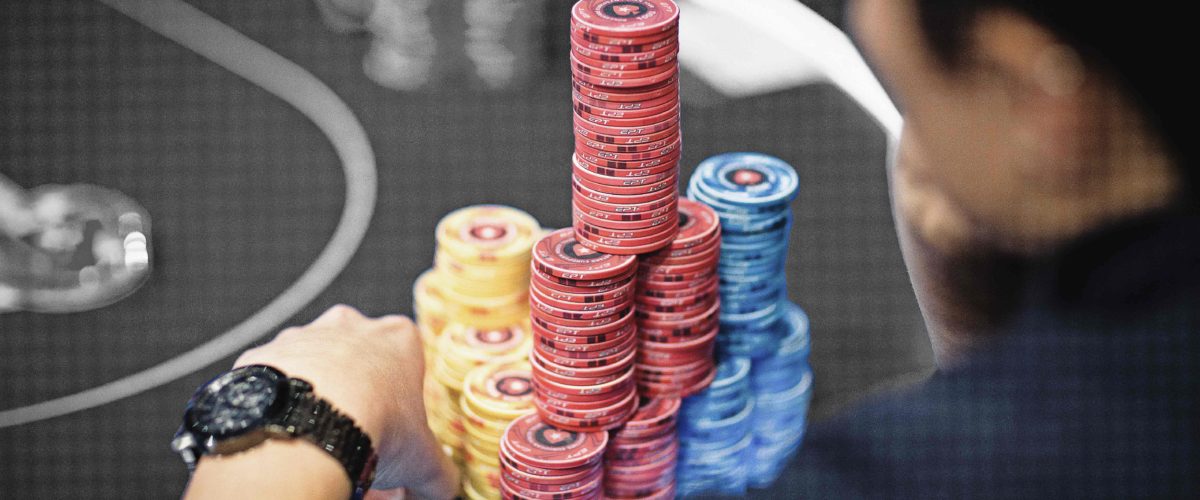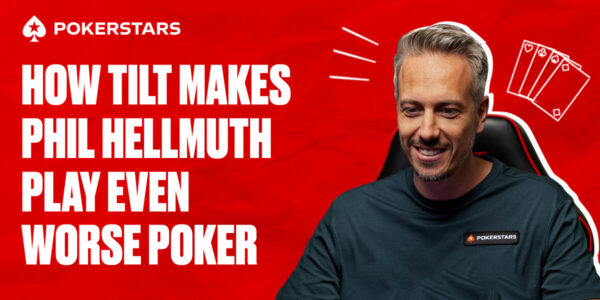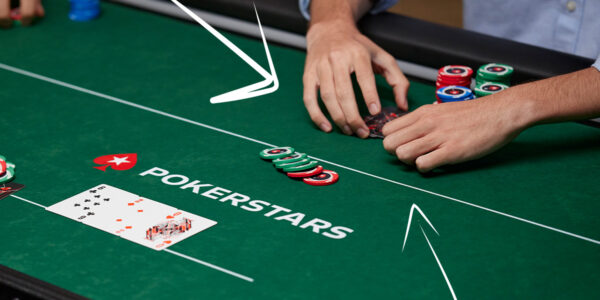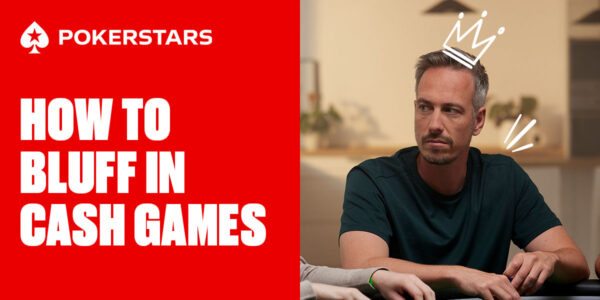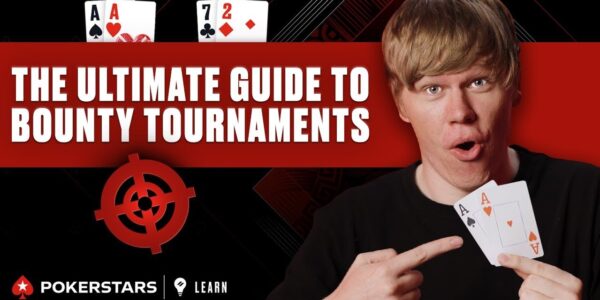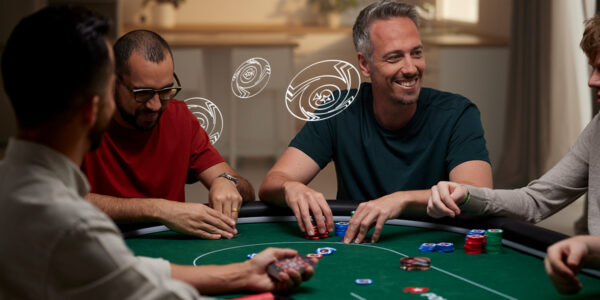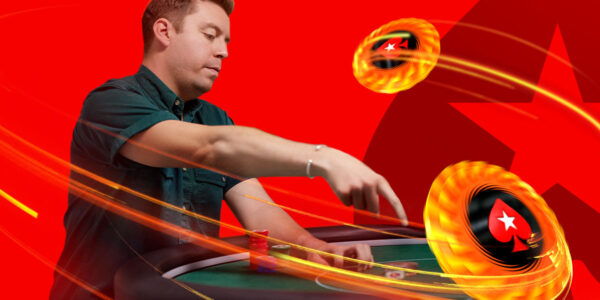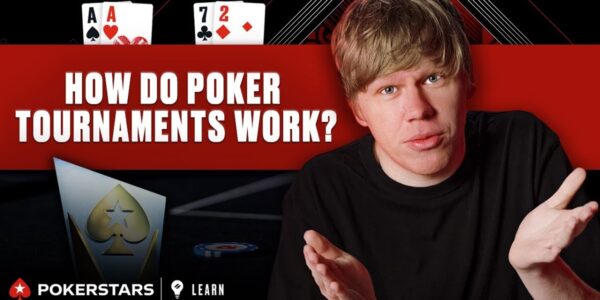When NOT Betting is Cool
Part 1 – Check/Raising the River
We’re always lectured about how aggression is key to winning in this game, but misguided betting is one of the most common ways in which weaker players are prone to slip up. Sometimes students end up betting because they can find a reason that supports it, but one reason might not be enough. If they had considered the merits of checking, they might find that there are four even stronger reasons in favour of that play. Today’s hand is all about finding a river check/raise to maximise your earnings. This hand is played at 100NL ZOOM.
Pre-Flop
I find myself in the HJ with K♦ Q♠ and open to 2.25BB. I like to keep my sizing smaller when out of position and with a few regulars still to act. On weaker tables, I would be sizing up in an attempt to isolate one opponent with a hand which, admittedly, would rather play heads-up, if given the choice.


A player with $66 calls in the CO and a regular comes along in the BB. Although we know very little about this opponent, he has been loose thus far, and his stack size is evidence of inexperience. This is a foe we are happy to have in the pot with us. BB’s presence is also not troublesome. He will be forced to play quite straightforwardly with a splashy player in the hand and will have a very wide range for getting involved for these pot odds.
Flop
The flop ($7.25) comes K♥ 4♥ 3♠ and I decide to c-bet. I opt for a small size here for a few reasons. Firstly, in multi-way pots people generally tighten up a bit and so building a massive pot with one pair is a less sensible plan. Secondly, I am interested in getting hands like [55-JJ] to come along for a street. Thirdly, it is unlikely that CO has many straight draws in his range and any flush draw he has is such a high equity hand anyway that betting big will not achieve a great deal against it. It is a common mistake to obsess about charging draws. Players who do this often end up losing value against the more marginal made hands in their opponent’s ranges.
I am called by both players. So far so good. It is likely that the BB would have raised here with sets or two-pair, especially with a potential calling-station in the pot.
Turn
The turn ($13.67) brings the Q♥ . Despite having made two-pair, this is far from the turn we wanted to see. A nice brick would have done just fine. Nevertheless, it is important to regroup and form a plan. If we check, what will be our plan against a bet? Is betting likely to be higher EV than checking? Questions like these are key. It is all too common for students to instantly check out of discomfort before considering the best way to continue investing money on an unfavourable turn.
It is very possible that someone has a flush now, but there are still many scenarios where my hand is best. When my hand is best, I want to extract more money from top pair and pair plus draw hands like A♥ J♣ , not to mention the necessity to deny equity to these live worse hands which are likely to take a free card if checked to. Then there’s the other side of the coin, what do I prefer to do when someone does have a flush. Well, as much as I’d like to psychically check/fold to one bet here when I run into a flush, this is not viable with two-pair. I can still beat some of the hands CO might get out of line with and I have great implied odds for hitting a full house against flushes. Therefore, if someone does have a flush I don’t really care whether I bet or check. Overall, I think betting is better as long as I don’t go too large.
Getting called by some worse hands is essential here for betting to be a decent plan and so I lead again for half pot. This time only the CO calls my $6.50 bet. I’m far from thrilled here, but my hand should still be in decent shape. I plan to block bet the river fairly small to get some thin value and avoid having to check/call a larger bet.
River
That plan changes dramatically, however, when the river ($26.67) brings the delicious K♣ . Villain has $57.69 left behind now and we cover. What would you do here?
My reasoning goes as follows. If we bet here, we are likely to get called by all flushes and trip kings, but probably not by hands like 9♥ 9♦ etc. If we check, Villain is very likely to bet with a king or a flush and by check/raising against this bet, we can give our loose opponent the opportunity to make a bad call and loose the rest of his chips. Moreover, by checking, we let Villain turn some sort of busted underpair plus flush draw into a bluff. We know this player likes to throw money around, so such a play is far from impossible for him. By betting smaller on the turn, we left his range wide enough to sometimes include weak hands like these.
In spots where Villain’s range is quite strong, he is likely to bet many of the hands he would call a bet with. When this is the case, check/raising becomes a great idea.
I check and Villain quickly bets half pot. Now that the bait has been taken, it’s time to shove the rest. I time down a little and then jam for the remaining $44.69 on top. Villain instantly calls with 7♥ 6♥ .
This hand is nowhere close to a cooler for my opponent. When the average player at these stakes check/shoves the river here, he beats no value hands and will encounter hardly any bluffing frequency. Therefore, his snap call can only be described as a thoughtless blunder.
Some players get very attached to strong hands and cannot hand read well enough to make bigger folds. These are the guys you want to check/raise rivers against and go for the whole lot.
Stay tuned for more cool spots to NOT bet.


